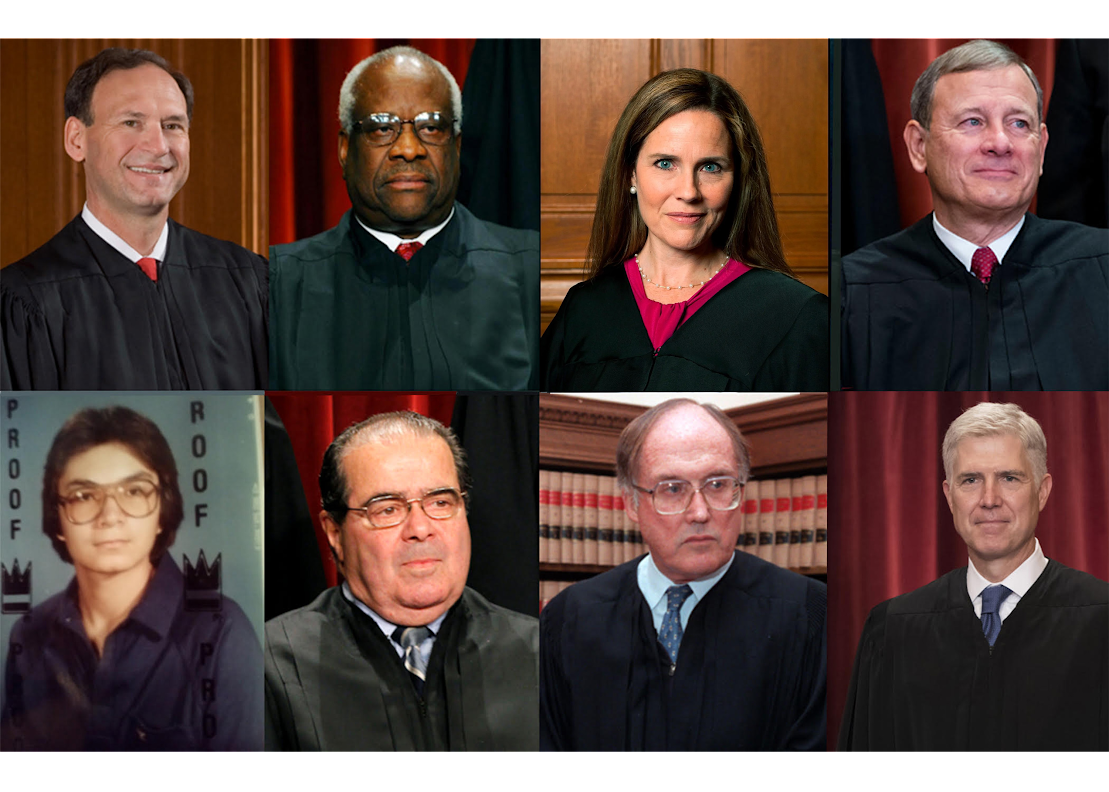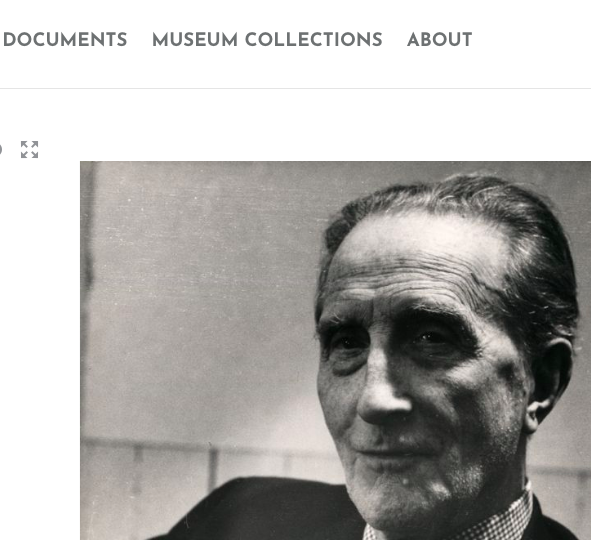I posted last month on The Hurt Locker producers and their multi-pronged copyright lawsuits against pirates, illegal downloaders, and BitTorrent. Property Outlaws author Eduardo Peñalver posts his views on this lawsuit, countering viewpoints that analogize internet downloading with home invasion via a critique of Hollywood culture.
Hollywood does all it can to make the symbols and stories it peddles an essential part of our cultural lexicon. But when royalties are at stake, it is quick to say that no one really needs to consume the product it produces. It seems to me that our needs go beyond the provision of food and water and include access to a shared culture, which, given our system of cultural production, means access to intellectual property. On the other hand, I have no doubt that many file-sharers are likely people who could afford to pay for their access to that culture.
Via PrawfsBlawg.
June 9th, 2010 by Sergio Muñoz Sarmiento in
Copyright
Photographer Anne Pearse-Hocker is suing Firelight Media and the Smithsonian for copyright infringement. Pearse-Hocker alleges that Firelight Media’s documentary, We Shall Remain: Wounded Knee, used her photos of the 1973 event without her permission and without giving her credit. According to Courhouse News,
[Pearse-Hocker] claims Firelight gained permission to use the pictures from the Smithsonian Institutions to make a documentary, which Firelight released in February 2008. Pearse-Hocker says Firelight used several pictures from the museum’s archives, including images of one of the Sioux immediately after he was shot, being carried from a church for medical aid. She claims the documentary was broadcast on PBS and is available for purchase through the PBS Web site and from Barnes & Noble, Amazon and Borders.
You can access the complaint here, courtesy of Courthouse News.
June 9th, 2010 by Sergio Muñoz Sarmiento in
Criminal
The search for a 1,500 pound samurai warrior sculpture worth $60,000 has expanded from the City of College Station (think Texas A&M) to the Houston area. The sculpture was reportedly stolen from Heirloom Gardens in College Station back in March.
What happened to VARA?
The Denver Post reported today that The Denver International Airport (“DIA”) is removing and destroying a water sculpture which has, to their dismay, caused many a headache.
Denver’s Commission on Cultural Affairs recently approved plans to remove the water feature, an art installation called Mountain Mirage, so DIA can extend the underground train that links the terminal with the concourses.
Even if the airport wanted to try to repair the fountain, its pump room, adjacent to the fourth-level train platform where passengers now get on cars for the concourses, would have to be moved to make way for the train extension, [an airport representative] said. The extension will add carrying capacity for the train. Moving the pump room could cost $5 million[.]
How does the artist feel about this?
[T]he artist said DIA’s “decision to destroy my environmental sculpture . . . is an immoral decision.” “I’m extremely dismayed to hear it will be destroyed without further attempts to solve the mechanical problems[.]”
Via The Denver Post.
At New York’s Postmaster Gallery, artists Eva and Franco Mattes exhibit Reality is Overrated, an installation which includes two works that purport to tease the boundaries of law.
From the gallery’s press release:
The artists’ earliest work “Stolen Pieces” is shown here for the very first time : over a period of two years (1995-1997) Eva and Franco stole dozens of fragments of works of art – masterpieces by famous artists, such as Kandinsky, Duchamp, Beuys, Rauschenberg, Warhol, and Koons – from the most renowned museums of contemporary art in the United States and in Europe. For 14 years they have never revealed its existence. Besides the fragments themselves, the exhibition features a video, shot with a hidden camera, documenting their last heist. Making a mockery of our belief in the sacred nature of art, this controversial work is an open question: where does the value of a work of art lie? Are objects overrated?
For “No Fun” Franco Mattes simulated committing suicide in a public webcam-based chat room. Thousands of random people watched while he was hanging from the ceiling, swinging slowly, for hours. The video documentation of the performance, which was just banned from YouTube, is an unbelievable, at times very disturbing, sequence of reactions: some laugh, some are completely unmoved, some insult the supposed corpse, some take pictures with their mobiles. Notably, out of several thousand people, only one called the police.
Thanks to Erin Donnelly for sending this along.

According to the City of Hermosa Beach–and the District Court for the Central District of California–they’re not.
The case, Johnny Anderson vs. City of Hermosa Beach, raises the question of whether or not a tattoo artist is an artist or merely a tool for communicative content. According to the City of Hermosa Beach, the issue is not whether tattoos are communicative in nature or are themselves art due to the fact that the tattoo artist is not the one wearing the tattoos created by her/him in his shop. According to the Huffington Post, “Anderson’s conduct, for purposes of a First Amendment analysis, is the physical act of creating and inking tattoos on his customers. Thus, any intent to convey a particular message would be the intent of the person on whom the tattoo is inked, not Anderson.”
Read the rest of this entry »
I get this question quite a bit, mostly from filmmakers but also the occasional artist with a good film or television idea. Ray Dowd, the copyright litigator blogger, takes a strong jab at the 9th Circuit for a recent misapplication of copyright and contract law. If only we lived in a world of comedy and buffoonery, the 9th Circuit would be more than welcome and, dare we say, common-place in today’s spectacle-ridden world. However, since I like to think that we still hold law and judges to a degree of reason and logic, it is a bit depressing, if not disenchanting, to see the 9th Circuit rightly become the punching bag of circus acts.
Here’s Ray’s intro:
If you “pitch” a “concept” for a film or television show to a Hollywood producer, can you protect yourself? The general question of whether you can get paid for pitching an idea is impossible to answer in the abstract, some of the factors are: who are you, what is the industry, how concrete is the “concept”, is the recipient of the pitch already secretly working on the same thing. A general answer is that if you can get the recipient of the pitch to sign a non-disclosure/non-compete OR if you can create a pre- and post-meeting paper trail, then MAYBE, depending on a wide range of factors, such as who you are, is the idea or an aspect of it original, and the circumstances/industry in which the pitch occurred. Litigation over these matters is notoriously tricky and if you wait too long, your leverage and chances of success drop dramatically.
Did the 9th Circuit incorrectly read and apply copyright law, granting concepts protection? Read the rest of Ray’s analysis here.








